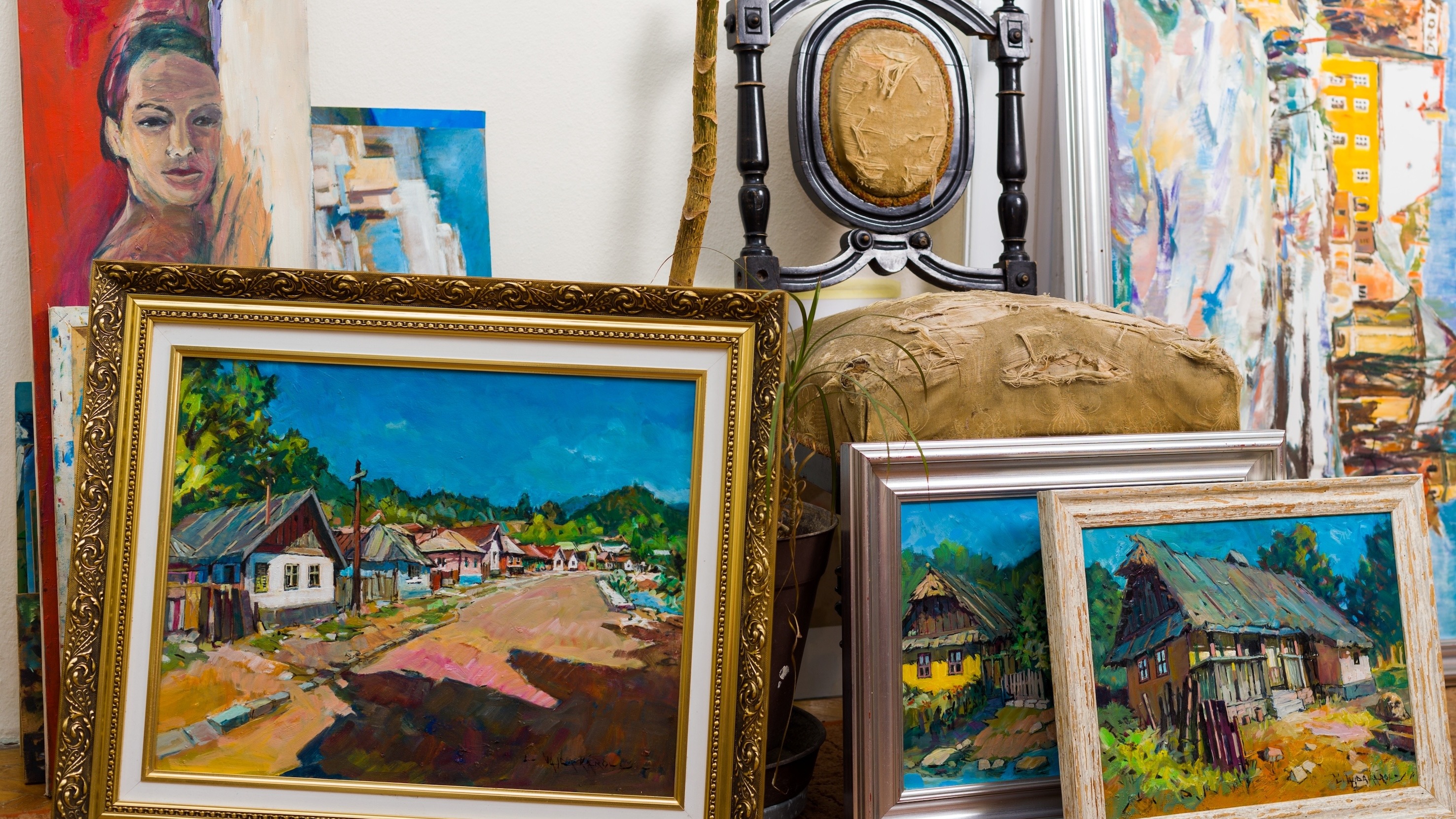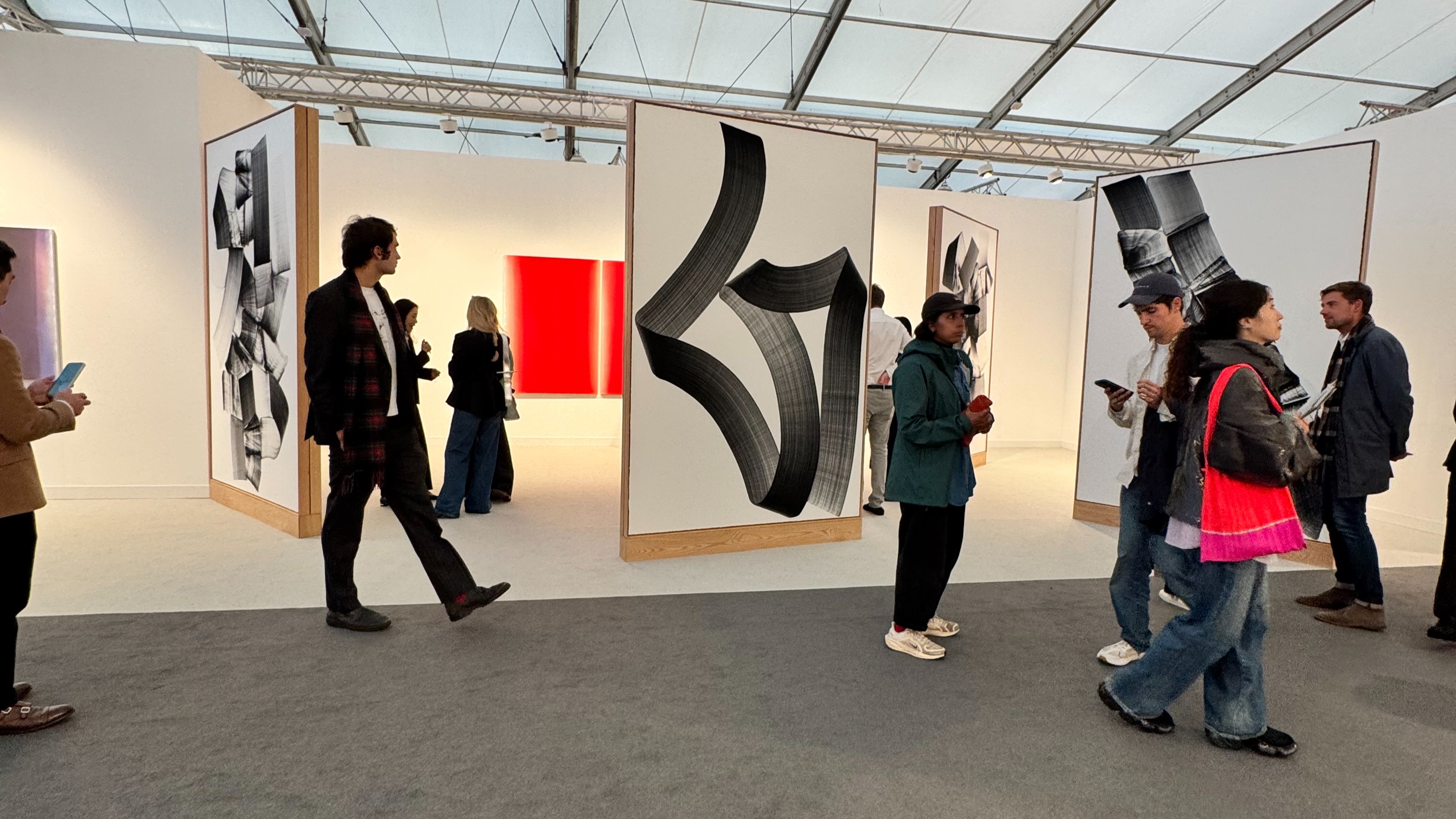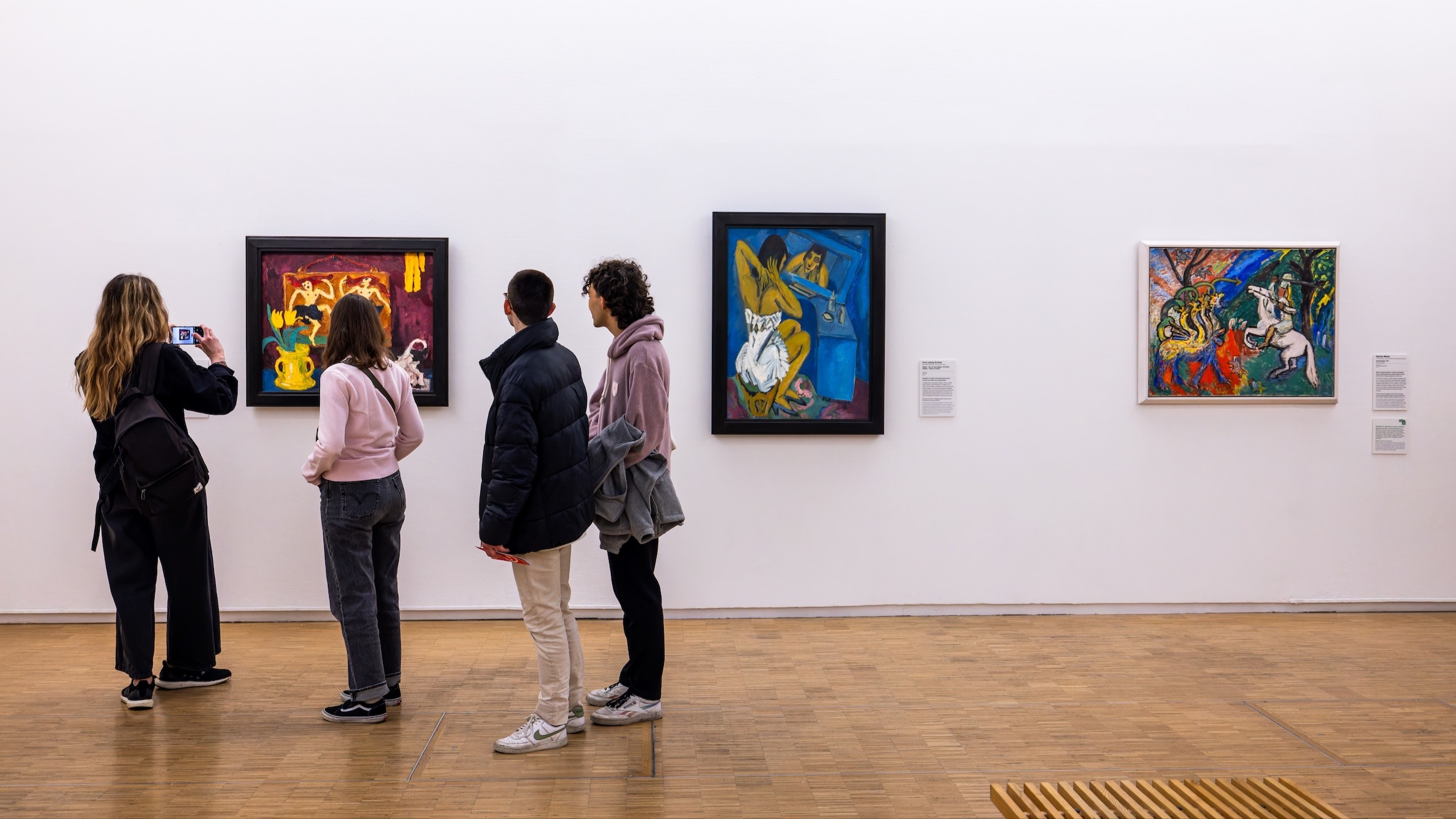
A Summary of Key Findings on HNWI Spending From The Art Basel & UBS 2024 Report
Last week, Art Basel & UBS released their annual Survey of Global Collecting 2024 by Arts Economics, authored by celebrated cultural economist Dr. Clare McAndrew, which included, for the first time, a parallel survey of 1,400 collectors from the Art Basel VIP network with interesting, differing results. Published against a challenging backdrop of ongoing higher interest rates and geopolitical tensions, as well as persistent increases in living costs, it unsurprisingly reveals a cautious buying market, particularly at the higher end of the market. However, there is much optimism when it comes to young and emerging artists, especially women, as well as gallery resilience. A hot topic for the next few years remains the generational transfer of wealth, with the wealthiest billionaire segment expected to transfer over $6 trillion in assets over the next 20 years to their heirs or to charities. One of the main questions they will be facing is how to plan for and manage these successions, which could present, according to us, a unique opportunity for fractional ownership or tokenisation.
A downtick in overall sales
As a general overview, based on data from the leading auction houses – Christie’s, Sotheby’s, Phillips and Bonhams – the first half of 2024 showed slower sales than in the same period in 2023, with totals down by 26% (below pre-pandemic levels). Interestingly, the auction houses that were more distanced from the highest end of the market performed slightly better. More specifically, the average expenditure of high-net-worth (HNWIs) in 2023 dropped by 32% to $363,905, driven by a reduction in spending at the highest levels.
Despite this decrease in sales, global imports of arts and antiques continued to grow for the third consecutive year (now at $33 billion). This was led by major importing regions, primarily Hong Kong, while the major hubs of the UK and US continued to slow.
Gen X takes the lead
In terms of generational and regional differences, millennial spending, which had the biggest increase up to 2022, dropped by 50% to $395,000, passing the lead for the highest average spending in 2023 to Gen X ($578,000). In the first half of 2024, their expenditure was over a third higher than millennials and double that of Boomers and Gen Z. Moreover, HNWIs from Mainland China spent the most (more than double that of other regions) on art and antiques in 2023 and the first half of 2024, continuing to demonstrate a strong return to pre-lockdown spending levels.
More support for emerging and female voices
Painting continues to be the preferred medium by collectors, with over three-quarters of HNWIs having purchased a painting in 2023 and the first half of 2024. This was followed by works of paper, with over half of the sample active in this medium, up from 33% in 2022, and prints, also up to 35%. The notable increase in both mediums contributed to the rising interest in the lower end of the market, with more sales at lower prices. In parallel, more HNWIs showed interest in supporting young and emerging artists (works by such artists represented 52% of expenditure in 2023 and 2024 versus 44% in the previous survey). Similarly, interest in female artists appeared to be on the rise, as the ratio of works by women in HNWI collections rose to 44% versus works by male artists in 2024 (its highest level in seven years, up from 33% in 2018). Interestingly, HNWIs who spent over $10 million on art and antiques so far in 2024 also allocated a much greater share to female artists (52%).
According to Hargreaves Lansdown, women are set to inherit 60% of the UK’s wealth by 2025, and UBS claims that $83.5 trillion to be transferred within the next 20 to 25 years globally, more than 10% is likely to be transferred to women. This marks a significant wealth shift, which could also contribute to the growing interest in female artists.
Adopting a multichannel focus
While the most used channel for purchasing art was a dealer , more collectors bought from an art fair in the first half of 2024 than the whole of 2023.The report clearly highlighted the importance of a multichannel focus for dealers. Interestingly, 72% of HNWIs did not view a work in person before purchasing it through a dealer’s website or OVR. Also, 61% of them used email or phone, and 43% bought works through Instagram. New galleries were also favourites amongst HNWIs, with 88% of those buying from dealers engaging with at least one new gallery. There was also a preference for local galleries, with 70% of the galleries HNWIs purchased from being close to home in 2024, versus 50% in 2022.
The Great Wealth Transfer is a leading theme
In 2023 and 2024, there were some indications that HNWIs were allocating less of their portfolios to art. The peak was an allocation of 24% in 2022, falling to 19% in 2023 and 15% in 2024.That said, the wealthier group of HNWIs ($50 million+) continued to allocate an above-average 25% of wealth to their art collections. This group is also expected to transfer over $6 trillion in wealth and assets to heirs and charities over the next 20 to 30 years. Currently, the main motivations for selling artworks practical, with more than half saying they no longer had space to keep them and close to half saying that they needed help to settle estate taxes. Contrary to popular belief, Gen Z or Millennials did not seem to donate or sell inherited works due to a lack of fit with their current collections, making changing generational taste less of an issue.
One thing for certain is that preserving their collections for future generations as well as legacy and succession planning are top priorities for HNWIs. 65% of them already have a plan in place to pass their collections to their partner and just under half have a plan for their children, while 49% plan to donate their works to museums and other institutions. We expect this to be a consistent, if not growing, theme in the next few years.




